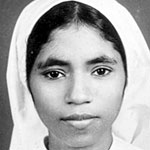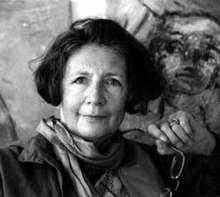M. N. Srinivas
Birthday November 16, 1916
Birth Sign Scorpio
Birthplace Mysore, Kingdom of Mysore, British India (now in Karnataka, India)
DEATH DATE 1999-11-30, Bangalore (now Bengaluru), Karnataka, India (83 years old)
Nationality India
#51338 Most Popular













